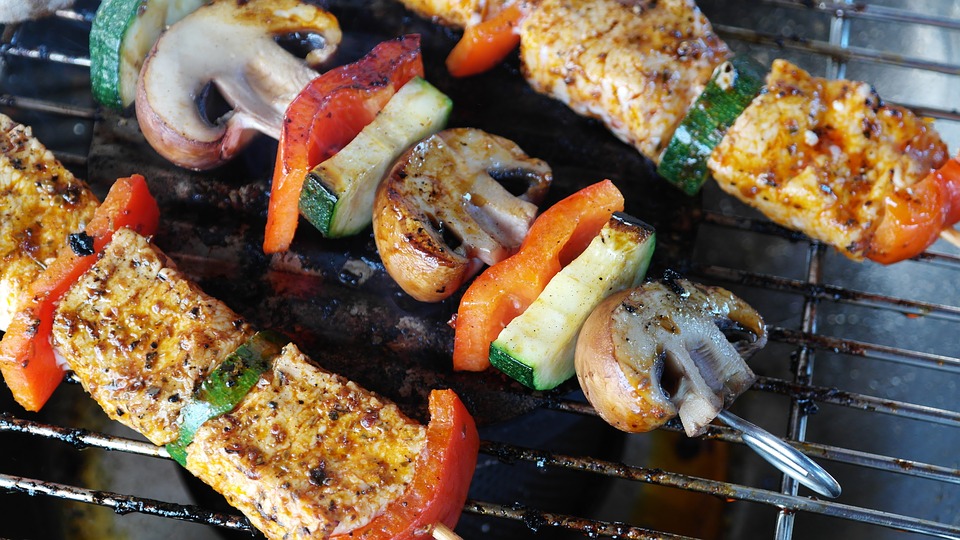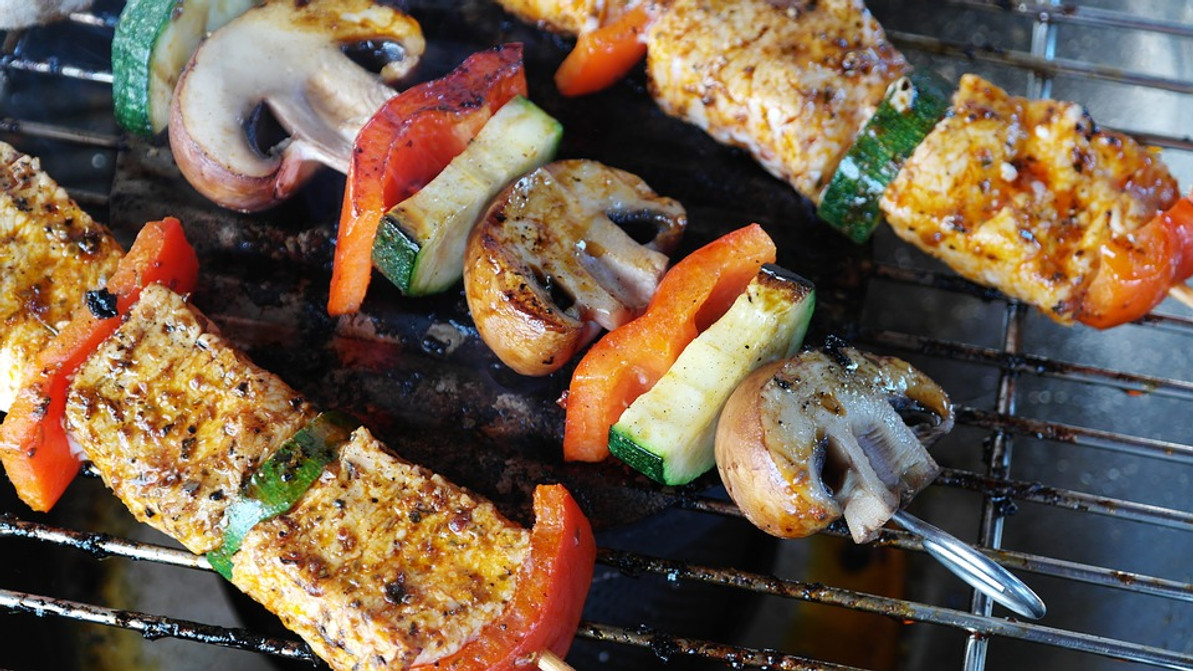How to Protect Against Foodborne Illness When Cooking

Foodborne illness is a common occurrence. According to the Centers for Disease Control and Prevention (CDC), about 48 million Americans are infected with a foodborne pathogen each year. Of those 48 million Americans who experience foodborne illness, about 128,000 seek medical treatment from a hospital, while 3,000 actually die from the illness. Statistics such as these are concerning to say the least, but there are ways to lower you and your family's risk of foodborne illness.
Wash Hands Often When Handling Food
Preventing foodborne illness begins with good hand-washing habits. When preparing, cooking or otherwise handling food, try to get into the habit of washing your hands with soap and warm water on a regular basis. This is especially true after touching raw meat. When you touch raw meat, immediately wash your hands shortly thereafter to protect against foodborne illness.
Don't Leave Meat Sitting at Room Temperature
There's nothing wrong with thawing frozen raw meat by leaving it on the counter, but you shouldn't leave raw, thawed meat sitting at room temperature. Foodborne illness-causing bacteria will quickly reproduce at room temperature. And if levels of bacteria rise too high, it can pose a risk to you and your family's health. To prevent this from happening, leave raw meat in the refrigerator until you are ready to cook it.
Cook Meat to a Safe Internal Temperature
The single most important thing you can do to protect against foodborne illness is cook meat to a safe internal temperature. Whether you're cooking beef, chicken or pork, use a meat thermometer to measure its internal temperature.
Here's a break down of the safe internal temperature ranges for various meats:
- Steak = 145 degrees
- Chicken = 165 degrees
- Pork = 145 degrees
- Ground beef = 160 degrees
- Fish = 145 degrees
Avoid Cross Contamination
Use caution to avoid cross contamination when preparing and cooking raw meat. It's not uncommon for people to cook vegetables with meat, for example. This is fine, but you need to avoid contaminating your vegetables with the raw meat. If you use a knife to cut the meat, don't use the same knife to cut the vegetables. Rather, use a separate knife to avoid cross contamination and minimize the risk of foodborne illness. You'll have to wash a few more dishes, but that's a small price to pay for the peace of mind knowing that you are protected from cross contamination.
Recent Posts
-
Fire Safety in the Workplace: What You Need to Know
What steps are you taking to prevent fires in your workplace? According to the U.S. Occupational Saf …Aug 23rd 2023 -
Is It Safe to Go Jogging With a Cold Infection?
If you're suffering from a cold infection, you might be wondering whether it's safe to go jogging. T …Aug 22nd 2023 -
5 Safety Tips to Follow When Using a Powder-Actuated Tool
Powder-actuated tools are commonly used to join materials to steel and concrete. Also known as Hilti …Aug 20th 2023




